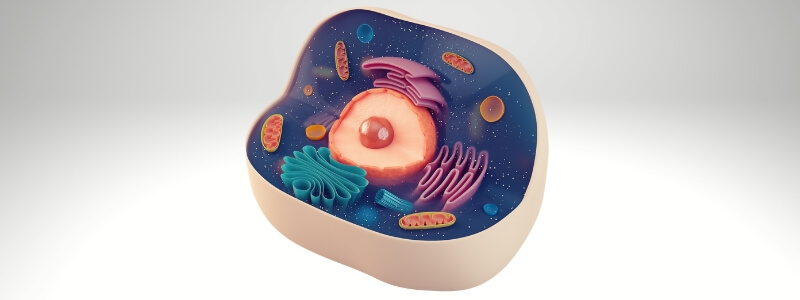Exam Tips

Phaeochromocytoma
A phaeochromocytoma is a rare functional tumour that arises from chromaffin cells in the adrenal medulla. Extra-adrenal paragangliomas (extra-adrenal pheochromocytomas) are closely related, though less common, tumours that originate in the ganglia of the sympathetic...

Differentiating Causes of Dementia
Globally, approximately 50 million people have dementia, and there are nearly 10 million new cases every year. Dementia is a syndrome in which there is deterioration in memory, thinking, behaviour and the ability to perform everyday activities. Although dementia...

Understanding the Ventilation-Perfusion Relationship
To ensure that enough oxygen is provided by ventilation to saturate the blood fully requires that ventilation and perfusion of the lungs are adequately matched. Ventilation (V) refers to the flow of air into and out of the alveoli, while perfusion (Q) refers to the...

Understanding Acute Coronary Syndromes
The term ‘acute coronary syndromes’ describes a group of clinical conditions, all of which usually present with chest pain as a consequence of myocardial ischaemia or infarction. The acute coronary syndromes comprise: Unstable angina Non-ST elevation myocardial...

Hepatitis B Serology and Vaccination
Hepatitis B is an infection of the liver caused by the hepatitis B virus (HBV), a double-stranded DNA virus of the Hepadnaviridae family that replicates by reverse transcription. Hepatitis B is the most common cause of hepatitis globally, and the World Health...

Practice Questions for the PLAB Part 1
The Professional and Linguistic Assessments Board (PLAB) test is the main route by which International Medical Graduates (IMGs) demonstrate that they have the necessary skills and knowledge to practice medicine in the UK. The PLAB Part 1 is a computer-based exam that...

Consultation Models in General Practice
The consultation is the cornerstone of general practice and is a vital part of the doctor-patient relationship. Pendleton described the consultation as ‘the central act of medicine’, which ‘deserves to be understood’. It remains an integral part of most medical school...

Cell Structure and Function Part 2 – The Cell Membrane
In Part 1 of our ‘Cell Structure and Function’ series we learnt about basic cell structure and the organelles. We now move on to the cell membrane and membrane transport. The cell membrane, also called the plasma membrane, physically separates the inside of the cell...

Cell Structure and Function Part 1 – The Organelles
The cell is the smallest living thing in the human organism, it is the functional and structural unit of all living things and all living structures in the human body are made of cells. There are a huge variety of different types of cells in the human body, which...

Overview of the Autonomic Nervous System
The autonomic nervous system (ANS) is a division of the peripheral nervous system that supplies smooth muscle and glands. It acts to regulate numerous body processes, such as blood pressure and respiratory rate, acting as the effector component of homeostasis. The...




